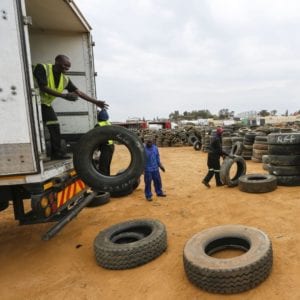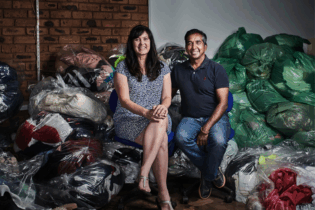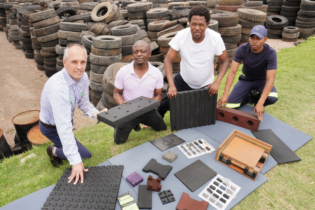In the longer term, we also need to start another shift in society’s values. Just as it stopped being acceptable to empty one’s sewage into the streets a long time ago, and more recently it has become unacceptable to smoke in public places or when a guest in someone’s home, or to drink and drive, we need to drive awareness of how unacceptable it is to not design products with zero waste in mind.
Government collaboration In this conceptual framework, collaboration with Government, while retaining essential independence, has allowed us to unlock value and create a supply-and-demand competitive advantage through the circular economy, successfully opening an under-developed waste stream industry to previously disadvantaged individuals. The answer then, is yes: we can make the Circular Economy concept a reality. We have started to do so already but – and it is an important but – in order to make it sustainable and to unlock the vast amounts of value that we know is sitting in landfills across the globe, we have to ensure that the correct frameworks are developed to drive accountability and demand. Through this approach and with a focus on creating sustainable businesses to drive the economy while making a concerted effort to find solutions to the many challenges and problems that we face globally, we can advance the circular economy movement. Through continued collaboration and work with partners in government and business we will be able to build more sustainable, efficient and long-term socio-economic solutions. *Stacey Davidson is a director at the Recycling and Economic Development Initiative of South Africa (REDISA)
By Stacey Davidson
The Clinton Global Initiative (CGI), an initiative of the Clinton Foundation, brings together global leaders to create and implement solutions to the world’s most pressing challenges. This year, I will be representing REDISA at the 2016 CGI Annual Meeting to speak on a panel discussion on “Turning Landfills into Goldmines: Can We Make the Circular Economy a Reality?”
The basic facts of dwindling natural resources and growing demand are inescapable: it is only a matter of time – in some cases measured in just decades – before certain resources will no longer be available as virgin commodities.
It is clear that we have a problem, but how can a circular economy make a difference? According to a 2015 Accenture Strategy research finding, by simply shifting from today’s model of “take, make, waste” the global economy could unlock USD25 trillion of otherwise lost revenue by 2050. This is just one of many examples out there supporting a circular economy approach.
SA solution to global problem
I believe that the circular economy is an innovative solution that can be implemented to deal with global challenges. In South Africa for example we have already seen the results of a fully functional circular economy being implemented by REDISA in the tyre waste stream. A significant positive aspect of this approach is that is it not limited just to waste tyres or indeed even to South Africa. The business model can be replicated for other waste streams and used in other countries.
Over the years I have realised that there is still a vast difference between how countries in the developed and developing worlds define and understand sustainability, and that more needs to be done for us all to see the circular economy as being more than just recycling. Closing this gap in understanding will continue to be critical to promoting development strategies that work to advance the circular economy further.








